The main sources of air pollution in Singapore are emissions from the industries and motor vehicles. From time to time, transboundary smoke haze from land and forest fires in the region also affect Singapore’s air quality, particularly during the Southwest monsoon period from August to October.
The government employs a strategy of integrated urban and industrial planning, together with development control, to minimise air pollution. Additional measures include legislation, strict enforcement programmes, and air quality monitoring. These help ensure that air quality remains good despite Singapore’s dense urban landscape and large industrial base.
Singapore enjoys better air quality than many cities in Asia, comparable with that of cities in the United States and Europe. Singapore’s Pollutant Standards Index (PSI) has remained in the ‘Good’ and 'Moderate' range for much of 2019.
Singapore's air quality targets, sulphur dioxide emission inventory, as well as industrial and vehicle emission standards are detailed below.
Air quality targets
As international air quality benchmarks such as the World Health Organisation Air Quality Guidelines (WHO AQGs) are constantly reviewed, NEA established the Advisory Committee on Ambient Air Quality in July 2010 to recommend air quality targets for Singapore. The committee was chaired by NEA, with representatives from various stakeholders from the public sector and institutions of higher education*.
MSE, together with NEA, reviewed the recommendations of the Advisory Committee and the Sustainable Singapore Blueprint (SSB) commitments launched in 2009 to achieve an annual mean of 12µg/m3 of PM2.5 by 2020. The agencies have worked with relevant government bodies and various stakeholders to arrive at a set of revised national air quality targets pegged to the WHO AQGs. The targets are in Annex I.
To work towards achieving these air quality targets by 2020, NEA has developed a roadmap with a set of abatement measures that will allow Singapore to achieve sustainable growth and development while maintaining public health and economic competitiveness. The abatement measures are summarised in Annex II.
Annex I: Singapore Ambient Air Quality Targets
| Pollutant | Singapore Targets by 2020 | Long Term Targets |
|---|---|---|
| Sulphur Dioxide (SO2) | 24-hour mean: 50µg/m3 (WHO Interim Target) | 24-hour mean: 20µg/m3 (WHO Final) |
| Particulate Matter (PM2.5) | Annual mean: 12µg/m3 (Sustainable Singapore Blueprint target) 24-hour mean: 37.5µg/m3 (WHO Interim Target) | Annual mean: 10µg/m3 24-hour mean: 25µg/m3 (WHO Final) |
| Particulate Matter (PM10) | Annual mean: 20 µg/m3 24-hour mean: 50 µg/m3 (WHO Final) | |
| Ozone | 8-hour mean: 100µg/m3 (WHO Final) | |
| Nitrogen Dioxide (NO2) | Annual mean: 40µg/m3 1-hour mean: 200µg/m3 (WHO Final) | |
| Carbon Monoxide (CO) | 8-hour mean: 10mg/m3 1-hour mean: 30mg/m3 (WHO Final) | |
[1] Sustainable Singapore Blueprint annual target for PM2.5 of 12µg/m3 will be retained and aligned with WHO Interim Target of 37.5 µg/m3 for 24-hour mean
Annex II: Summary of Abatement Measures
| Pollutant | Measures |
|---|---|
| Sulphur Dioxide (SO2) | With effect from July 2013, NEA mandated the supply of Near Sulphur-Free Diesel (NSFD) with a sulphur content of 0.001% to pave the way for Euro V emission standards for diesel vehicles and further reduce SO2 emissions from diesel vehicles and industries. |
| With effect from 1 October 2013, NEA will mandate cleaner petrol for motor vehicles with sulphur content lower than 0.005% to pave the way for the Euro IV emission standards. This will also reduce HC and NOx which will give rise to ozone. With effect from 1 July 2017, NEA mandated the supply of cleaner petrol for motor vehicles with sulphur content lower than 0.001%. | |
| NEA, together with EDB, will work with refineries to improve their processes and decrease their SO2 emissions. Power stations are also working towards using cleaner fuels for their energy needs in order to lower their SO2 emissions. As the power stations and industries switch to the use of cleaner fuels to reduce SO2, there will also be a simultaneous reduction in other pollutants including PM2.5. | |
| Particulate Matter (PM2.5 + PM10) | With effect from 1 Sep 2017, all new petrol vehicles will have to meet the Euro VI emission standard. With effect from 1 Jan 2018, all new diesel vehicles will have to meet the Euro VI emission standard. |
| From 1 Aug 2017 to 31 Jul 2019, the enhanced Early Turnover Scheme for commercial vehicles will incentivise owners of Euro II or Euro III emission standards vehicles to turnover to Euro VI (or equivalent) vehicles. | |
| With effect from 1 January 2014, all in-use diesel driven vehicles are required to achieve a smoke opacity reading of 40 Hartridge Smoke Units (from 50 Hartridge Smoke Units) or below during vehicle inspection. | |
| Ozone | From 1 January 2018, the emission standard for all three-wheeled (Cat L5e) and large motorcycles with an engine capacity of more than 200cc will be tightened to the Euro VI standard, while smaller motorcycles with an engine capacity of 200cc and below will see the Euro VI standard implemented from 1 Jan 2020. |
| From 1 April 2018, the exhaust emission standards for in-use petrol vehicles will be tightened. Limits for carbon monoxide and hydrocarbon, which is a precursor to ozone, will be tightened and introduced respectively. |
Ozone is not directly emitted but is formed through complex chemical reactions involving hydrocarbons (HC) and nitric oxide & nitrogen dioxide (NOx) in the presence of sunlight. HC and NOx emitted from motor vehicles, industries, power stations and refineries are the precursors for ozone formation.
Sulphur dioxide (SO2) Emission Inventory
Sulphur dioxide (SO2) is one of six pollutants that are closely tracked and monitored in Singapore. The others are particulate matter (PM10), fine particulate matter (PM2.5), nitrogen dioxide, carbon monoxide, and ozone. Sources of SO2 emissions in Singapore include industries such as refineries and power stations, as well as motor vehicles.
The 2018 SO2 emission inventory, developed based on extensive emissions data from various sources, is shown in the table below. While these companies operate within permissible limits and form part of the chemical cluster (comprising the petroleum, petrochemicals, and specialty chemicals sectors which contribute to over a third of Singapore’s total manufacturing output), it is important to continue working towards lower emissions.
| Sources | Emitters | SO2 Emissions (tonnes) | Contribution of SO2 Emissions |
|---|---|---|---|
| Refineries | Shell | 23,659 | 91.0% |
| Singapore Refining Company | 18,017 | ||
| ExxonMobil | 23,978 | ||
| Power Stations | Power Seraya | 12 | 2.6% |
| Tuas Power | 0 | ||
| Senoko Power | 0 | ||
| TP Utilities (BMCC) | 1,858 | ||
| Other Industries | Sembcorp Industries | 25 | 6.3% |
| ExxonMobil Petrochemical | 968 | ||
| Linde Gas | 283 | ||
| Mitsui Phenol | 12 | ||
| Petrochemical Corporation of Singapore | 116 | ||
| Evonik Methionine | 111 | ||
| Other Fuel Oil Users | 3,045 | ||
| Diesel Users | 4 | ||
| Motor Vehicles | Petrol Vehicles | 45 | 0.1% |
| Diesel Vehicles | 19 | ||
| Total | 72,152 | 100% |
Industrial emissions
The NEA’s Source Emission Test Scheme for industries requires industries to conduct source emission tests on their own, or engage accredited consultants to do so for them. This allows industries to monitor their air emissions regularly, and ensure they meet prescribed air emission standards.
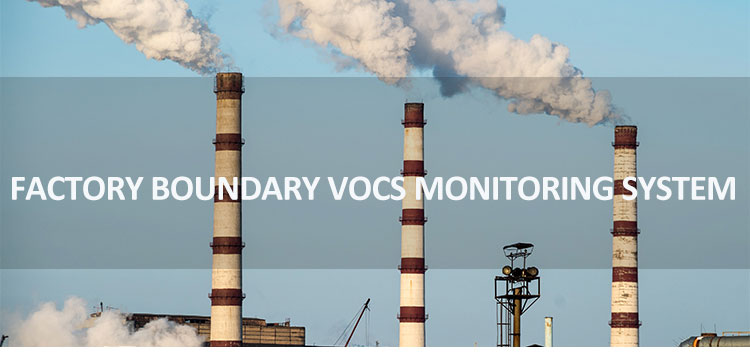

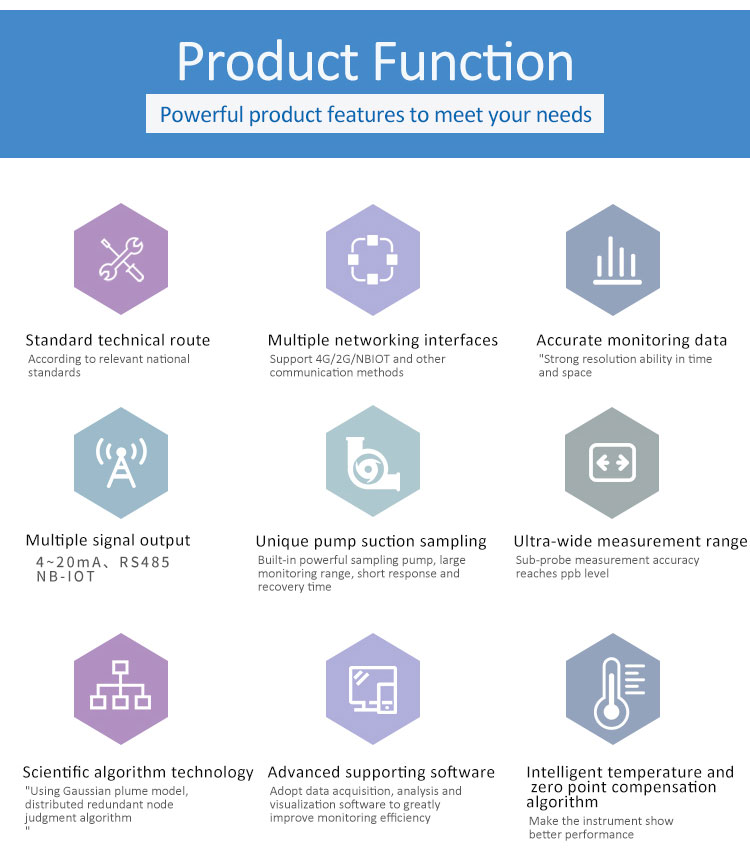
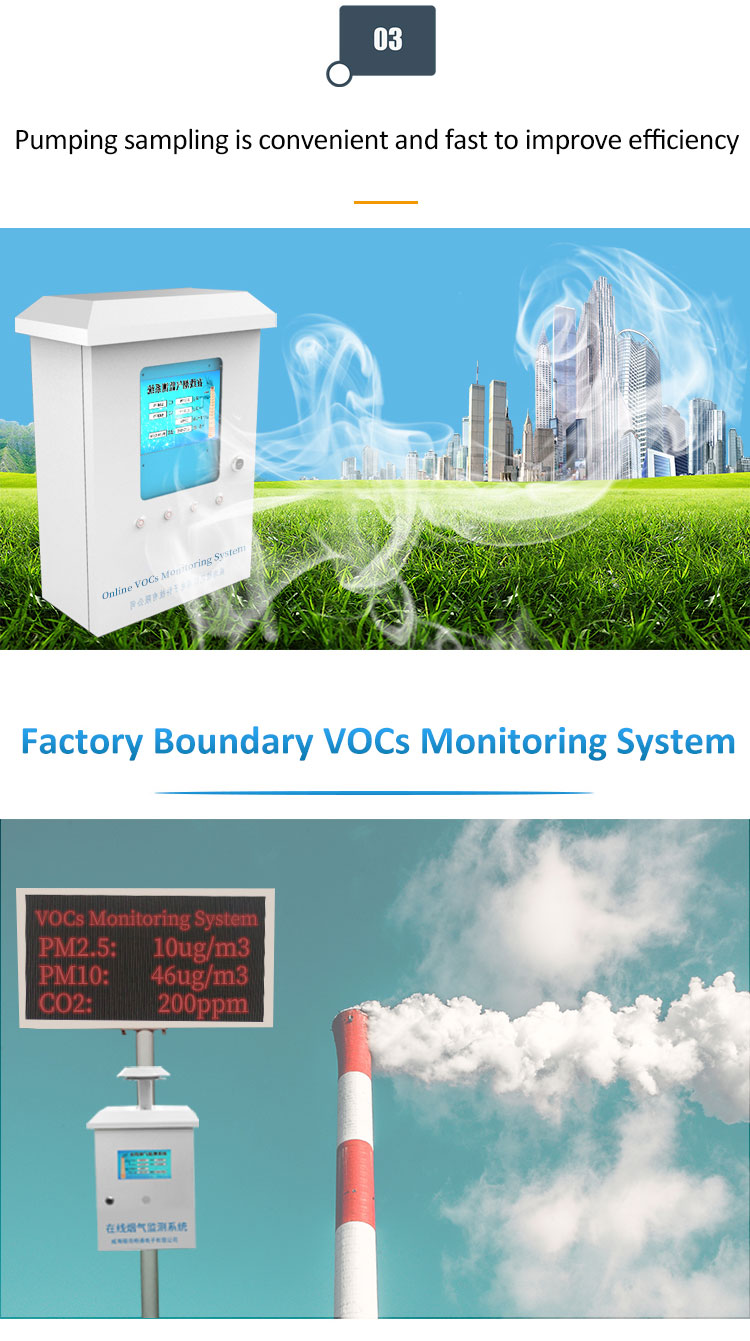
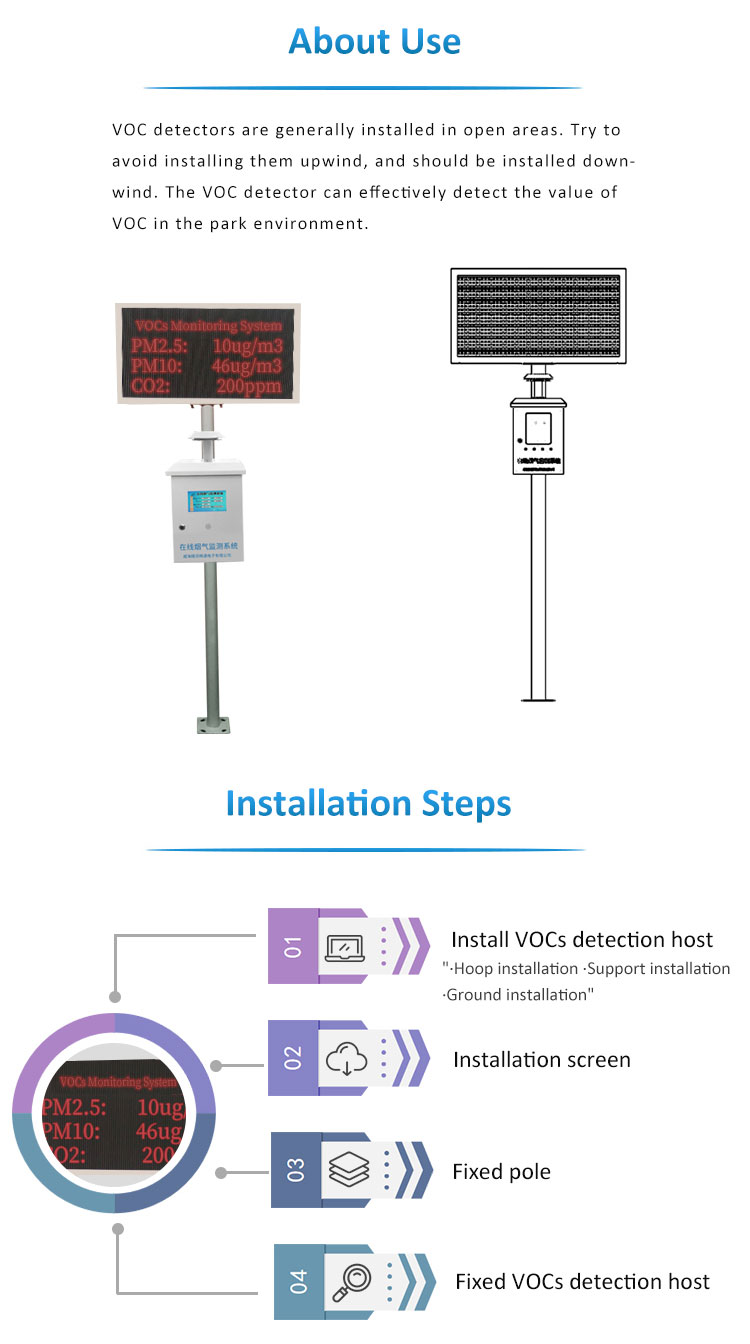
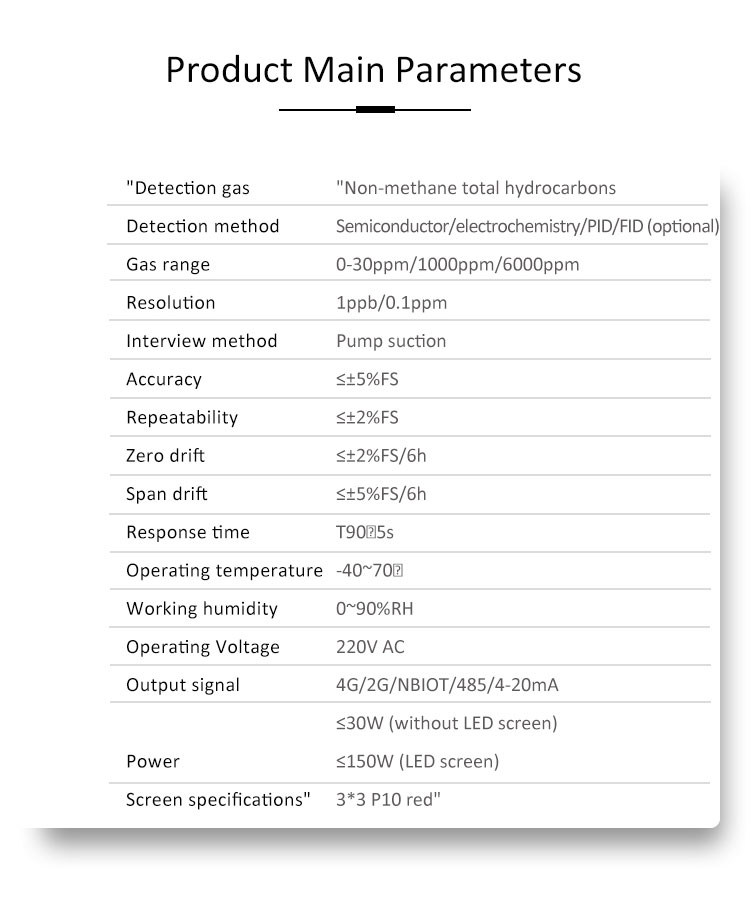
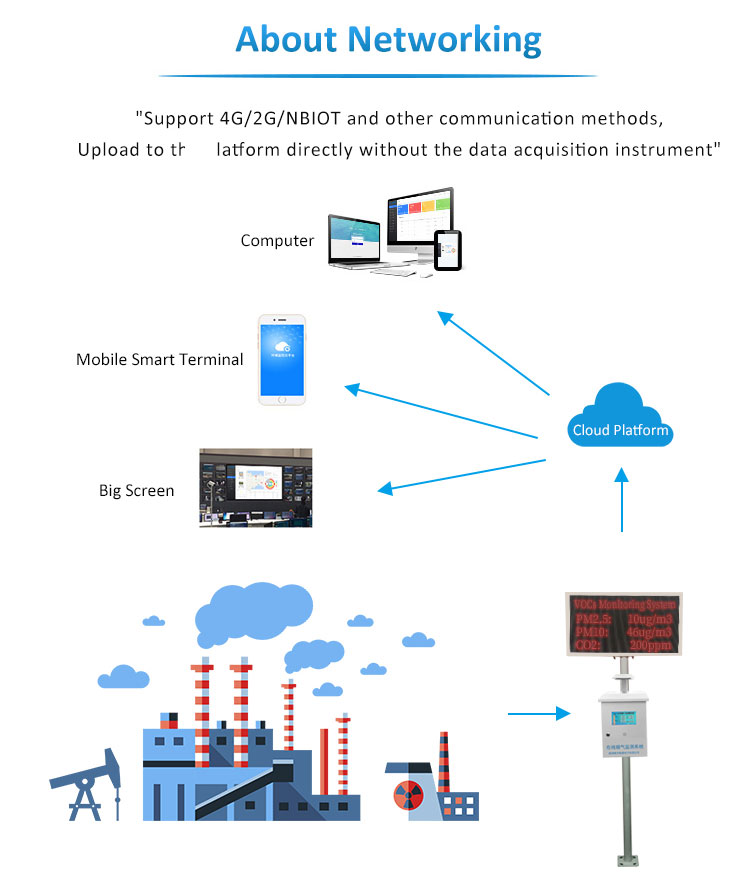
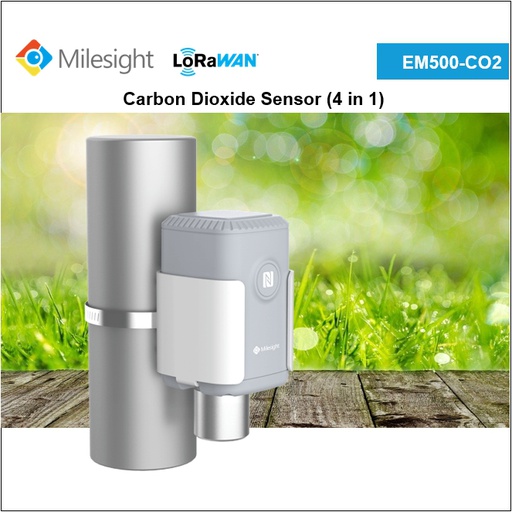

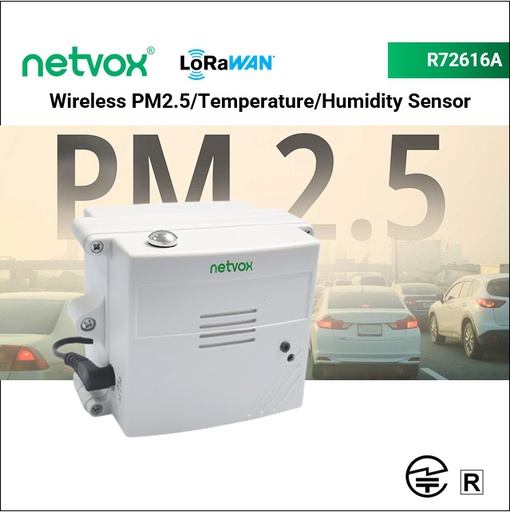
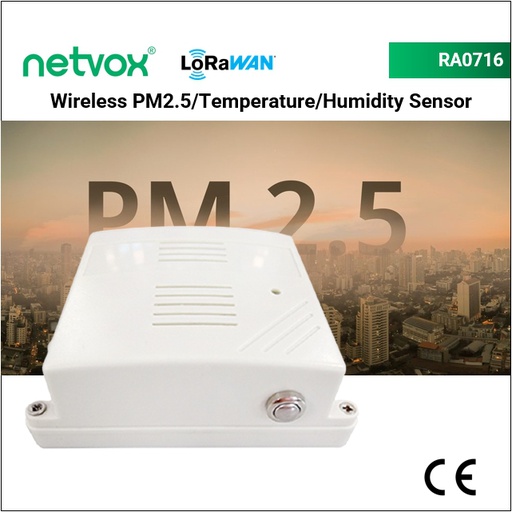
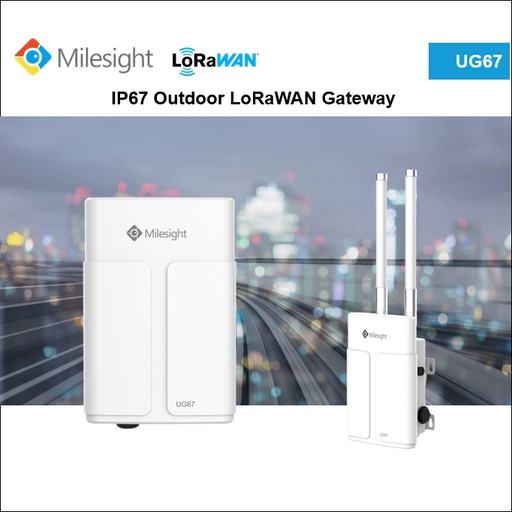
![[WDS-308] WDS308 Integrated PM2.5/10 noise UV radiation sensor](/web/image/product.template/49306/image_512/%5BWDS-308%5D%20WDS308%20Integrated%20PM2.5-10%20noise%20UV%20radiation%20sensor?unique=539c3a4)